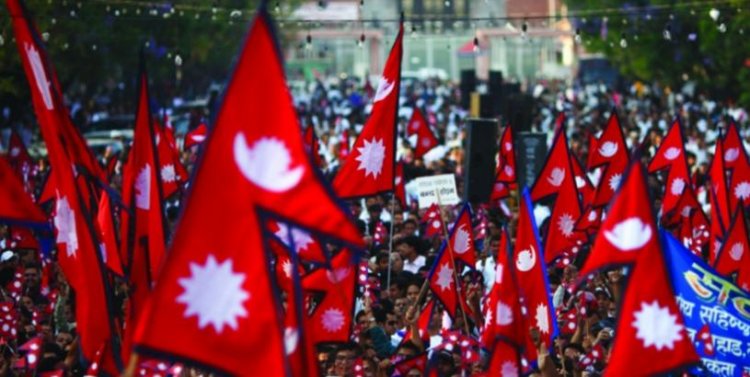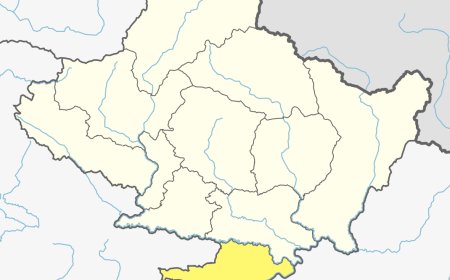Nepal's Fight for Democracy: Overcoming Challenges
Nepal's history of wars, political conflicts, and unstable governments has hindered its development, leaving it impoverished and underdeveloped.

Nepal has a long history of problems and difficulties that have prevented it from developing as a country. Throughout the years, there have been wars, conflicts, and unstable governments. These issues have had a negative impact on Nepal's progress and left the country in a poor and underdeveloped state.

One significant event in Nepal's history was the 1815 Anglo-Nepalese war, where Nepal lost a third of its territory to the British. This loss had long-lasting effects on the country's development. Additionally, the Kot Massacre occurred thirty years later, where a political rival murdered many members of the monarchy and took control. This event marked the beginning of the Rana lineage, a period characterized by tyranny, religious persecution, and economic decline. For about a century, Nepal struggled under the rule of the Rana dynasty.
In the 1950s, attempts were made to establish democracy in Nepal, but they were short-lived. Instead, the country was governed under the Panchayat political system, which was marked by corruption, censorship, and human rights abuses. The Panchayat system continued for several decades until 1990 when the Nepalese people once again tried to establish a democracy.
However, in 1996, the Communist Party of Nepal launched a violent coup attempt, triggering the Nepal civil war. This conflict lasted for ten years, resulting in a significant loss of life and displacing many people. Finally, in 2006, the monarchy agreed to cede power, leading to the end of the civil war.
After the civil war, Nepal faced ongoing struggles between political parties. The inability to draft a constitution led to the dissolution of the existing government in 2012. It took until 2014 for a new prime minister to be elected and for some stability to be restored.
The consequences of Nepal's political instability and conflicts are evident in its current situation. The country is ranked among the poorest and most underdeveloped in the world. Nepal's economy is weak, and poverty rates are high. Remittances sent back by family members working outside the country make up a significant portion of Nepal's GDP.
Nepal also faces challenges in terms of infrastructure and building codes. The capital city, Kathmandu, is particularly vulnerable to earthquakes due to inadequate preparations and poor infrastructure. This lack of preparedness has been highlighted by the recent devastating earthquake.
Furthermore, the absence of local elections in the past decade has resulted in unprepared and unelected committees governing the most affected villages. This lack of leadership and expertise has made it even more challenging for Nepal to respond effectively to disasters like earthquakes.
Conclusion
Based on the provided information, the conclusion that can be drawn is that Nepal has faced numerous challenges and difficulties throughout its history, including territorial loss, unstable governments, political conflicts, and economic decline. These factors have contributed to Nepal's current state of being one of the poorest and most underdeveloped countries in the world. Additionally, the lack of preparedness for natural disasters, such as earthquakes, has further exacerbated the country's struggles. However, despite these challenges, there is hope that with assistance and positive changes, Nepal can overcome its difficulties and work towards development and prosperity in the future.
What's Your Reaction?




































































































